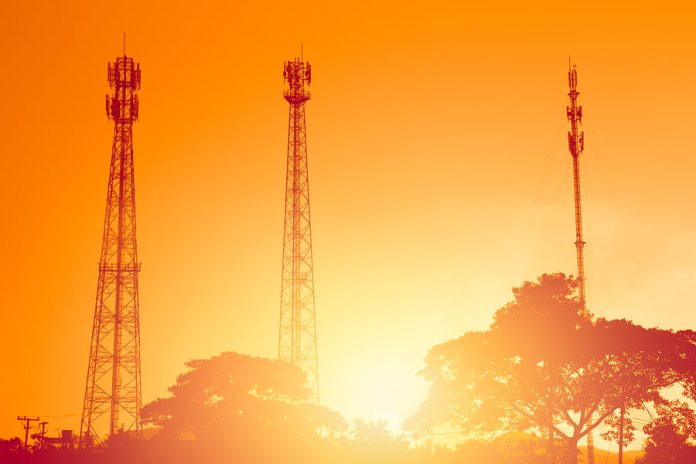No one in the Australian alarm monitoring industry is talking about the sunset of 3G/CDMA wireless alarm communicators but they will need to start doing so over the next couple of years if they hope to put together a coherent plan for the inevitable.
It’s not that 3G doesn’t work beautifully in support of low data alarm systems, home automation solutions and machine comms – the real issue is that as investment in 4G LTE peaks and subscriber influx maxes out bandwidth potential, telcos will need to leverage every hertz of wavelength they can get their hands on just to keep up with runaway consumer demand.
The Americans are putting 3G sunset at 2-3 years away – Verizon says December 2019, while AT&T is aiming for 2022. In their case, there are 10 million 3G communicators to upgrade. It’s far fewer in Australia but don’t think the issue won’t be significant. The 3G sunset is made redder by the fact that as Aussie installers have hopped out of 2G and dialler comms they haven’t gone over to blue cable in any numbers – it’s too messy and too risky. They’ve almost all gone 3G wireless.
What this means is that in 3-5 years most of Australia’s monitored alarm system communicators will need replacing – a task that is going to be time consuming for installers and expensive for customers – at least $A200 per device with multiple phone calls and a physical call to each location. If you put Australia’s total line numbers at 500,000, the task of juggling service calls alone is going to be beyond the industry’s capacity to manage.
Making matters more challenging is that 3G isn’t only the domain of basic alarm systems. Some of the latest security and home automation solutions have wireless-only 3G comms baked into them – same goes for higher end access control and intrusion detection systems, as well as legions of smart meters. Meanwhile, 3G also supports various monitoring systems in cars and heavy vehicle fleets, as well as providing mobile comms for law enforcement, emergency services and defense applications.
Most security and automation systems still have a distinct proprietary air – users are not at liberty to climb under the hood and swap out wireless modems willy-nilly. Pairing a new communicator with a monitoring station is not plug and play. As for self-monitoring DIY systems – in a couple of years every DIY alarm system with 3G-based comms ever installed will be a throwaway – the expense of swapping out modems will be greater than the cost of replacing entire solutions.
How the 3G sunset will play out in Australia is an open question. In some cases there may be an opportunity to upgrade users from their legacy gear to the latest 4G LTE security and home automation systems – higher res video is a particular attraction of 4G. But in many cases, installers are not going to want to risk the loss of a monitored line by burdening a user with a capital expense which leads them to a reappraisal of their relationship with monitored intrusion detection systems.
Another possibility is that a 4G gateway might be DIY installed in-premises that allows the 3G modem to continue chugging away for a decade or more – time enough for a more natural upgrade process to develop. This best-case scenario is still going to cost users around $200 and will save installers going site-to-site but it will light up help desk switch boards like Christmas trees.
When it comes to the 3G sunset, the devil is going to be in the detail and the sooner industry bodies, alarm monitoring providers and attendant security and home automation suppliers get their heads together, the better customer outcomes are going to be. When should installers and integrators stop installing 3G modems? Now is a good time. Every 4G modem installed is a future problem solved.
#sen.news









